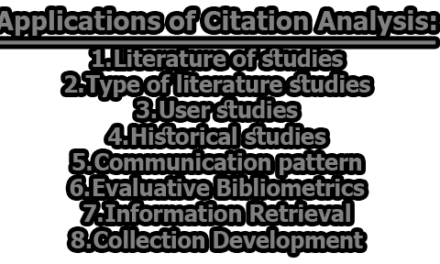Components of bibliometrics
Generally, there are three components of bibliometrics. First, bibliometrics for bibliometricians is termed methodology. It is the domain of basic bibliometric research and is traditionally funded by the usual grants. The bibliometric methodology comprises components from mathematics, social sciences, natural sciences, engineering, and even life sciences. Second, bibliometrics for scientific disciplines is termed scientific information. It generates information by metric means. Researchers in this domain not only form the bigger but also the most diverse interest group in bibliometrics. Due to their primary scientific orientation, their interests are strongly related to their specialty. And the third component is bibliometrics for science policy and management (science policy). It also focuses on the generation of information for national, regional, and institutional structures. This domain of research evaluation seems to be the most important topic in the field at the moment.
The components of bibliometrics discussed above consider books, monographs, reports, theses, and papers in serials and periodicals as units of bibliometric analyses. Of particular focus are the scientific papers published in refereed scientific journals because of the relative rigor associated with journal publications. That rigor derives from four sources:
- – the reviewing system,
- – the criterion of originality of research results,
- – the availability of literature, and
- – the institutional norms or rules.
Additional elements of the scientific paper such as year of publication, co-authors, references, citations, keywords, subject categories, departments, institutions, and countries tend to be coded as important characteristics of the methodology. They constitute the structural components of bibliometric analysis.
However, more complex measures can be obtained as statistical functions defined on sets of bibliometric elements and units. These measures are also called bibliometric indicators. The critical criteria of bibliometric indicators are; (1) validity – researchers strive to ensure that they are indeed measuring what they intend and assume to measure, and (2) reproducibility – the degree to which findings can be reproduced using the same measures. Under identical conditions, research results should be reproducible in bibliometrics. As (Glanzel-2003) observes “The reproducibility of results can only be guaranteed if all sources, procedures, and techniques are reliable and properly documented in scientific publications.”
Reference:
Zoogah, D.B. & Rigg, J.S. (2014). Bibliographic Analysis and Strategic Management Research in Africa. Research Methodology in Strategy and Management, 10, 189-213.

Former Student at Rajshahi University










